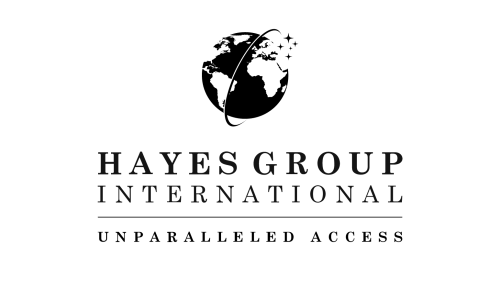
The Belt and Road Initiative (BRI) is a massive Chinese Communist Party (CCP) undertaking to develop two trade routes that will connect China west and throughout Southeast Asia. While the premise seems simple, the impact China’s BRI has on Asia, Africa, and Europe is immense and affects the political, economic, and sociological states of many countries. American policymakers and other like-minded nations have started planning initiatives to circumvent and suppress the global power China has accumulated through the BRI, though such efforts may prove too late to have any substantial success.
President Xi Jinping launched the BRI in 2013, though at the time the project was considered two separate programs, the Silk Road Economic Belt and the Maritime Silk Road, until ultimately combining into what we now call the Belt and Road Initiative. The “Belt” of the BRI refers to the revitalization of ancient trading routes across Europe and Asia, incorporating new highways, pipelines, and railways. The second prong of the BRI, the “Road,” focuses on enhancing and creating new maritime trade infrastructure with China investing in port development in the Indian Ocean.
China looks to achieve several objectives through the BRI, namely stimulating economies of central Chinese Provinces, creating secure maritime trade routes (outside of the scope of American influence), and challenging American geopolitical and economic interests in Asia and Africa. Beijing’s ambitions have paid off as more than 140 countries have signed onto or joined projects under the BRI. The investments procured for the BRI are staggering, with $59.5 billion allotted through investments and contractual cooperation in 2021. One of the largest contracts negotiated for the BRI is the China-Pakistan Economic Corridor, a project aimed at connecting China with Pakistan’s Gwadar Port, which is estimated at $60 million.
Despite what seems like overwhelming favor, some countries have shown unease toward the BRI and Chinese economic expansion. One of the main concerns is the accusations of “debt trap diplomacy” and trade deficit traps. The most famous examples are Pakistan and Sri Lanka; both fell into debt when their newly built infrastructure was unable to generate enough revenue to pay off their loans. The U.S. and many other governments believe China is purposefully manipulating developing nations into unsuitable loans to garner more political power. While less apparent than debt traps, the BRI also has the potential to create trade deficit traps, where in a country experiences a trade deficit after finishing infrastructure programs. A study of seven countries that took out loans seems to validate the concern of trade deficits, showing that countries that take part in and finish BRI projects experience deterioration in trade balance with China.
American policymakers, since the BRI’s launch, have been skeptical of China’s intentions and uneasy about their success with finding investors. Both the Obama and Trump administrations took steps to lessen China’s hold: Obama, through deepening ties with Asian partners, and Trump by countering the BRI with the BUILD ACT. Recently, the Biden administration has turned their attention toward the BRI and has joined the rest of the G7 (US, UK, Italy, Germany, Japan, France, Canada, and the EU) in a new collaborative called the Partnership of Global Infrastructure and Investment (PGII). A counterplay to China’s BRI, the PGII aims to mobilize $600 billion by 2027 for infrastructure projects in developing nations. The PGII represents a coordinated effort against Chinese expansion and influence.
The CCP’s progress with the BRI highlights just how far behind the West has fallen in building rapport and winning political capital in Asia and Africa. Whether or not US policymakers acknowledge the existence of the new Cold War, strategic advantages like trade alliances, ports, airspace, and access to critical natural resources will be gained or lost in emerging and frontier markets.


